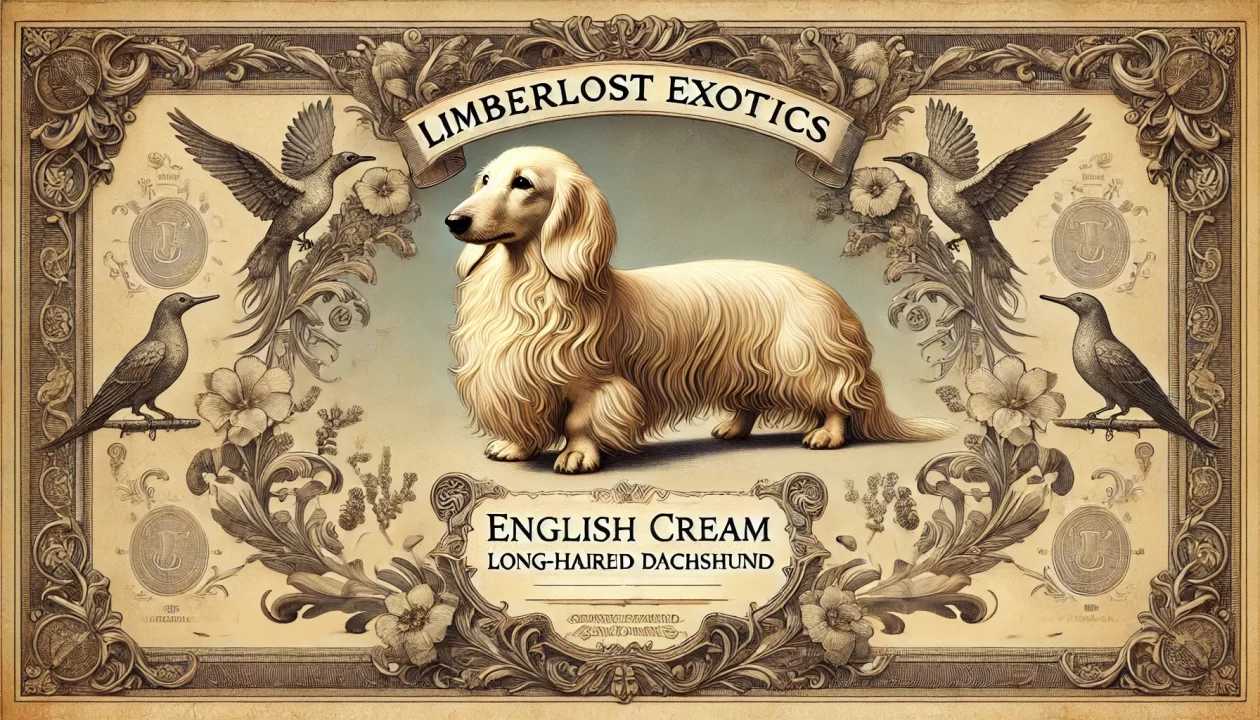
Introduction
Miniature dachshunds are small, lively, and affectionate dogs that bring joy and energy to any home. However, their unique body structure and strong-willed nature require specific training and care. Whether you are a first-time owner or an experienced dog lover, understanding how to properly train and care for your miniature dachshund is essential for a happy and healthy life together.
This guide covers everything you need to know about training, feeding, grooming, exercise, and overall care for your new miniature dachshund.
- Understanding the Miniature Dachshund’s Temperament
Miniature dachshunds are intelligent, playful, and sometimes stubborn. They were originally bred as hunting dogs, so they have a strong prey drive, a curious nature, and a tendency to dig or bark. They are also incredibly loyal and form strong bonds with their owners.
Key Personality Traits:
• Loyal and Affectionate – They love being around their humans.
• Clever but Stubborn – Training requires patience and consistency.
• Energetic – Despite their small size, they need regular activity.
• Brave and Independent – They sometimes think they are much bigger than they are!
- Training Your Miniature Dachshund
A. House Training
Potty training is one of the biggest challenges with dachshunds. Their small bladders mean they need frequent potty breaks, and their stubborn nature can slow down training.
Tips for Successful House Training:
• Set a Schedule – Take them outside immediately after waking up, eating, and playing.
• Use Positive Reinforcement – Reward good behavior with treats and praise.
• Limit Accidents Indoors – If an accident happens, clean it thoroughly to remove the scent.
• Crate Training Helps – A crate can teach them to hold their bladder and give them a safe space.
B. Obedience Training
Miniature dachshunds can be headstrong, so early training is essential.
Basic Commands to Teach First:
1. Sit – Helps with impulse control.
2. Stay – Prevents running off, especially important for a breed with a high prey drive.
3. Come – Crucial for safety when off-leash.
4. Leave it – Stops them from eating harmful objects.
Training Tips:
• Keep sessions short (5–10 minutes) to match their attention span.
• Use positive reinforcement, like treats and praise.
• Be patient; dachshunds may take longer to learn commands.
C. Socialization
Exposing your dachshund to different people, pets, and environments at a young age prevents fearfulness and aggression.
Ways to Socialize:
• Take them on short, positive walks in busy areas.
• Introduce them to other dogs in a controlled setting.
• Invite friends and family over to meet them.
- Caring for Your Miniature Dachshund
A. Feeding & Nutrition
Miniature dachshunds are prone to obesity, which can put extra stress on their long spines.
Feeding Guidelines:
• Feed a high-quality, protein-rich diet.
• Measure portions to avoid overfeeding.
• Stick to a feeding schedule (2 meals per day).
• Avoid table scraps and high-fat treats.
B. Exercise & Playtime
Even though they are small, miniature dachshunds need daily exercise to stay fit and avoid behavioral problems.
Best Activities:
• Short Walks (15–30 minutes daily) – Helps burn off energy.
• Interactive Play – Use balls and toys to engage their hunting instincts.
• Puzzle Toys – Keeps their minds sharp and prevents boredom.
C. Grooming Needs
Miniature dachshunds come in three coat types, each with different grooming requirements:
• Smooth-coated – Brush once a week, occasional baths.
• Long-haired – Brush daily to prevent mats and tangles.
• Wire-haired – Brush 2–3 times a week, occasional hand-stripping.
All dachshunds need:
• Regular nail trimming (every 2–4 weeks).
• Ear cleaning (check weekly for wax and dirt).
• Teeth brushing (2–3 times a week to prevent dental disease).
D. Preventing Health Issues
Dachshunds are prone to certain health issues, especially Intervertebral Disc Disease (IVDD) due to their long backs.
How to Keep Them Healthy:
• Avoid jumping from high surfaces – Use ramps or steps for furniture.
• Keep them at a healthy weight – Extra weight puts strain on their spine.
• Support their back when carrying them – Hold them with both hands to prevent injury.
• Schedule regular vet check-ups – Early detection of health issues is key.
- Creating a Safe and Happy Home Environment
A. Puppy-Proofing Your Home
Dachshunds are curious and love to chew, so make sure your home is safe for them.
• Keep small objects out of reach (they might swallow them).
• Use baby gates to block stairs.
• Remove toxic plants and foods from their environment.
B. Setting Up a Cozy Space
• Provide a comfortable bed in a quiet area.
• Have a crate or small pen for times when you can’t supervise.
• Offer safe chew toys to satisfy their natural chewing instincts.
Conclusion
Bringing home a new miniature dachshund is an exciting and rewarding experience, but it requires proper training and care to ensure they grow into a well-behaved and healthy companion. By training early, providing proper nutrition, exercising daily, and maintaining their health, you can enjoy a long and happy life with your miniature dachshund.
These little dogs may have a big personality, but with love, patience, and consistency, they will become the perfect addition to your home.

